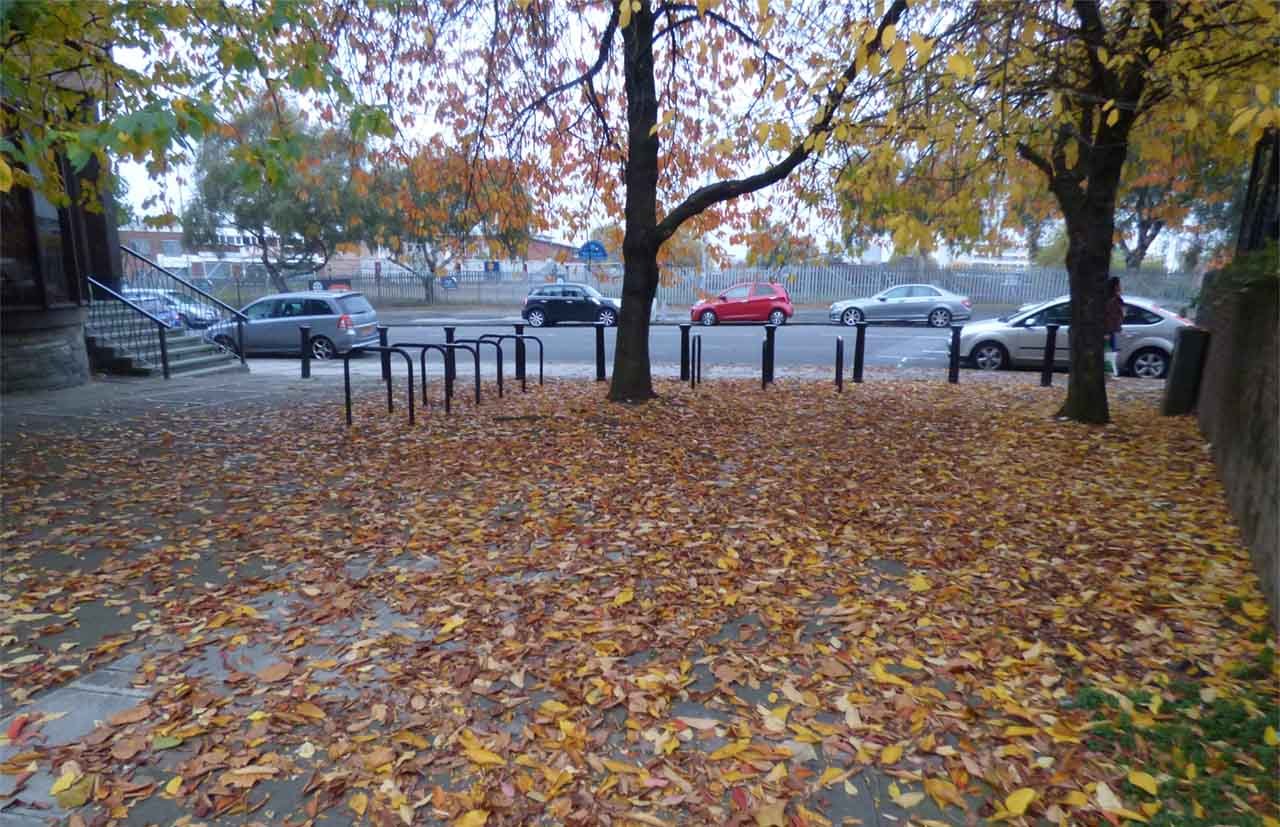Should You Keep Fallen Leaves Around Your Garden? Expert Gardening Advice Available For Oregonians

With winter almost upon us, there’s not much happening in Oregon gardens at the moment, but there are common problems cropping up and things to do before it’s too cold to venture out into the garden.
The internet sometimes delivers conflicting advice or tips that don’t apply to Oregon gardens but personalized help can be accessed from experts at Oregon State University through their Extension Service.
OSU Extension Service Provides Personalized Answers To Gardening Questions
On the OSU Extension website: give your question a title, type in brief details and your county, and ideally, a photo of the source of the problem. Some of the gardening questions and answers on the service are listed below.
Should Fallen Leaves Be Left Over The Winter?
A question was asked about bulbs like daffodils, Siberian squill, fritillary, anemone, and crocus, as well as new blue gilia, sea blush self-heal, and buttercup seeds planted before fall in Multnomah County. The bed was covered in maple leaves and the question was: Is it best to remove leaves or allow them to remain in place through the winter?
Rhonda Frick-Wright, OSU Extension Master Gardener says Yes! She explained that leaves help keep the topsoil in place during heavy rains and are a great soil amendment.
Leaves can be left on the ground over the winter but if whole leaves are left, they will need to be gently raked off when the first bulbs try to peek through in spring.
Alternatively, leaves can be raked and chopped up now, either with a shredder or lawn mower and returned to the ground as protection for the beds. As the smaller pieces decompose over winter, the plants will be able to push through in spring but both methods benefit the soil by adding nutrients for soil organisms to stay healthy.
Chopped-up leaves don’t have to be raked up in spring as they will have rotted away as long as they aren’t layered on too thickly. Just enough to keep the rain from hitting the soil directly and compacting it will suffice.
Seeds have a will to survive and covered seeds won’t have washed away so will probably push right through any remaining leaf litter.
How To Deal With Aphids on Kale
Another Multnomah resident has aphids appearing on kale plants and wanted to know what these bugs are. Another issue was whether neem oil or a diluted dishwashing spray would work.
Navneet Kaur, OSU Extension entomologist showed the gardner pictures of aphids to help identify them and confirmed that home use recommendations do extend to the use of soapy detergents and neem oil.
Insecticidal soaps can be effective but application should be carefully timed to prevent damage to beneficial insects. A strong stream of water could also dislodge aphids and crop rotation and removing debris post-season should also be done.
Do Apple Orchards Need Trellis Systems?
A Linn County resident noticed some high-density apple orchards have a trellis system to support the apples and wanted to know if it’s a common way to grow apples and a common use for wood posts.
Ann Kinkley, OSU Extension Master Gardener isn’t a commercial apple orchard expert and couldn’t confirm if espalier training is common practice. She suggested that trees could be pruned this particular way to make it easier for machines or people to pick the apples as it could be more efficient during harvesting.
Another possible reason it allows the fruit to be spaced and seen to reduce pests and disease.
After a few years, wood posts will rot at the base but by then the tree is usually established and no longer needs support.
When the fruit is very heavy, wood posts are also sometimes temporarily used to support branches to prevent them from breaking.
To get an answer to a question about your Oregon garden, go to the OSU Extension website.
